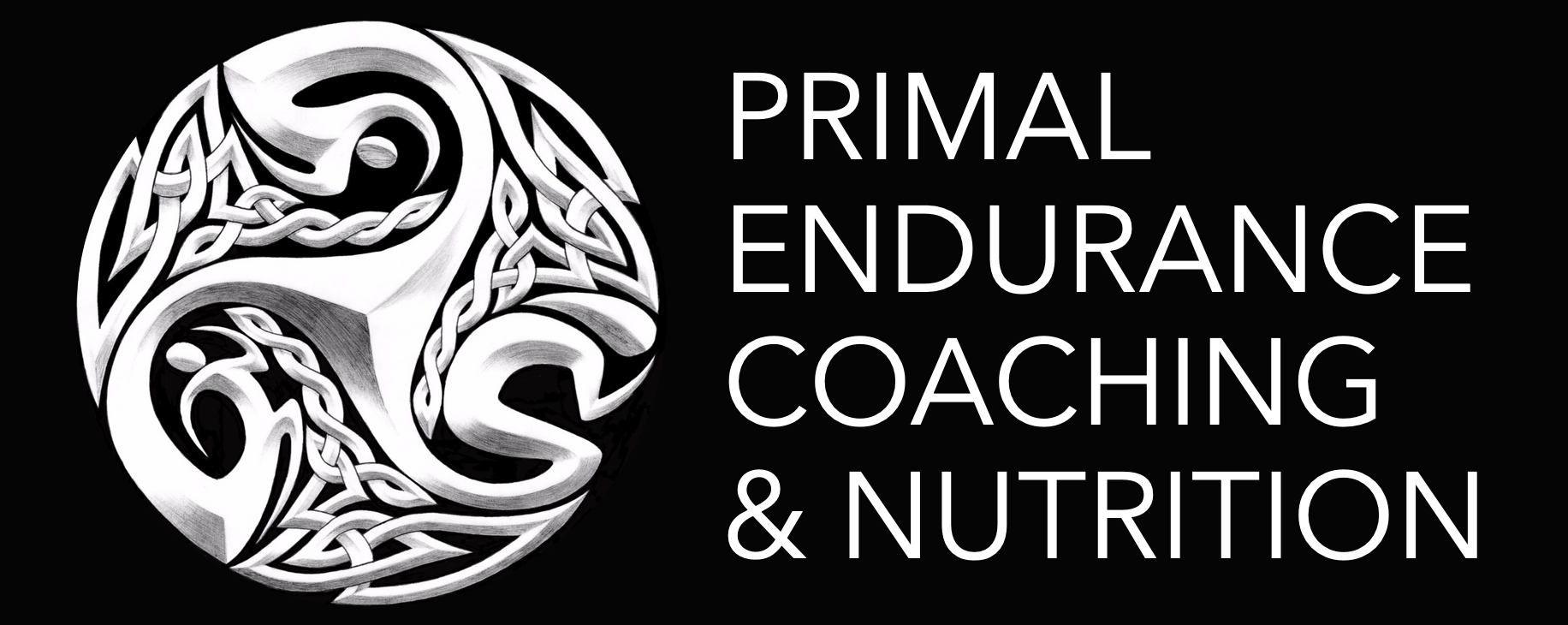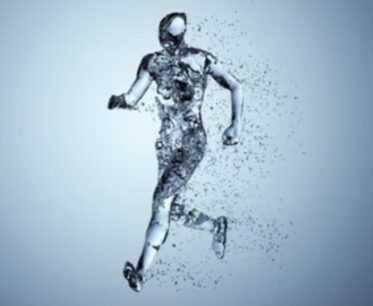During the recent heatwave, many of my athletes at primalendurancecoaching.com contacted me on their issues with training in the heat. While Northern Europe is unaccustomed to these excessive temperatures, they are becoming the norm during the summer months. Endurance athletes still need to complete long training hours, often not possible during the cooler parts of the day. When faced with exercising in the heat, hydration is a key factor to quality training and good health. However, many people dislike running with a bottle in their hand or around their waist. Others suffer chaffing from a filled Camelbak on the shoulders. But dehydration is serious and remaining hydrated is of paramount importance. Recognising the symptoms of dehydration in yourself or others can help. Classic indicators included nausea, feeling of overheating, excessive thirst, dizziness, mental confusion, weakness and fainting.
Preventing dehydration is critical to the quality and performance of your training/competition. Fluid intake should equal fluid loss and knowing your sweat rate is an important part of your preparation. Sweat loss is directly proportional to the intensity of the exercise, irrespective of temperature. Personally, on a cool to moderate temperature day, I will lose between 0.8 – 1.2 kg/h through sweating. On hot days, it can be in excess of 1.5 kg/h.
Heat stress will affect athletes and non-athletes alike during exhaustive exercise (80-90% VO2max or maximal oxygen capacity). But the better trained you are, the better the body manages thermoregulation. Exercising muscles produce energy in the form of heat. 25% of this energy goes towards mechanical work (force development and muscle contraction). A small percentage of the remaining 75% will be lost from the skin, while the majority is conducted towards the core. The resulting increase in core temperature signals the brain to increase blood flow to the skin. This promotes heat loss through sweating and limits any further rise in core temperature. So the better trained you are, the more you will sweat.
Environmental & Physiological Impact on hydration status
Hot and humid environmental conditions (heat, radiation from the road surface, reflections from buildings etc.) will also contribute to heat stress. Intense exercise in these conditions can cause the core temperature to increase by 1 degC every 4-5 minutes!! After an hour of this, you will start to break down protein, which is not good. Sweating is the body’s mechanism to prevent over-heating. However, it will only occur if the skin temperature is hotter than the surrounding air conditions. If the air is hotter, the body will not sweat. If the humidity is 100%, the sweat produced cannot evaporate and again there will be no cooling effect.
As you lose fluids through sweat, your blood plasma volume will decrease. Decreased blood volume increases blood viscosity (blood becomes thicker) making the transport of blood back to the heart more laborious. The dilation of blood vessels close to the skin (for cooling) reduces the volume of blood available to be pumped from the heart to the working muscles. This results in a lack of oxygen delivery and leads to fatigue. As a result, the heart will need to beat faster. Proper pre-exercise hydration can help prevent this. Pre-hydration will increase the water content in the blood plasma allowing it to continue to circulate effectively.
Calculating your sweat rate
So how do you calculate your sweat rate? You should do this before each exercise session (under different environmental conditions) until you get a good estimation. Weigh yourself in the nude or underwear A (kg). Take note of this. Upon completion of the session, weigh yourself again in the nude (or in the same underwear but not in the clothing full of sweat) B (kg). Assuming you have not consumed anything during the session, the difference is the weight loss due to sweat C (kg). Assuming it is equal to 1 kg, then you should aim to drink 1.5 L water in the couple of hours post-training. Drinking small sips at at a time will allow better absorption into the blood. Drinking in a few gulps will result in a quick visit to the toilet and dehydration status will remain.
Now assume you did drink during the session. Or perhaps you stopped to urinate and lost fluids in the process. Then how do you calculate the loss due to sweat? The principle is the same. You take your pre-weight A (kg) and subtract your post-exercise weight B (kg). This will give you the change in body weight C (kg). Then add the volume of the fluids (mL) you consumed D and subtract the estimated volume of urine excreted E (mL). The calculation of your sweat loss is as follows; (C+D-E)/exercise time (min). This will give you the rate per minute. Multiply this by 60 to get your sweat rate per hour. And remember, whatever this value is, you should aim to consume 150% of that over the initial hour of recovery. All fluids will count here. Protein shake, Isotionic drink, water etc.
Recommendations for hydration
The American College of Sports Medicine (ACSM) recommend a fluid intake of 6-8 mL per kg of body weight two hours prior to exercise. This allows for adequate fluid absorption in addition to excretion of excess fluid. Combining this with a salty snack will promote water retention in the body. Drinking during a training session will keep the hydration topped up. This is better executed during the earlier stages in order to prevent excessive dehydration https://pubmed.ncbi.nlm.nih.gov/17277604/.
Post-exercise replenishment of lost fluids should be done as soon as possible. Aim to consume 150% of the weight loss in fluids. This should be done in the hour immediately following exercise. Proper post-exercise rehydration should result in a return to baseline hydration levels within 6 hours. Again, the addition of some salt will help to retain water in the body. The saltiness will also encourage you to drink. The ACSM recommends 0.45 g of table salt per litre of water.
Reach out today if you want to know more at primalendurancecoaching.com/contact/
Stay safe, stay hydrated. Now go work on those tan lines.
David


A very interesting read David. With the temperatures we have seen the last weeks, it is good to know how to stay hydrated and how to maintain a good hydration level. Thnx